EXERCISES
FOR
PARKINSONS
DISEASE
EXERCISES
FOR
PARKINSONS
DISEASE
The Complete
Fitness Guide to
Improve Mobility
and Wellness
WILLIAM SMITH, M.S.

CONTENTS

Hatherleigh Press is committed to preserving and protecting the natural resources of the earth. Environmentally responsible and sustainable practices are embraced within the companys mission statement.
Visit us at www.hatherleighpress.com and register online for free offers, discounts, special events, and more.
Exercises for Parkinsons Disease
Text copyright 2019 Will Smith
Library of Congress Cataloging-in-Publication Data is available upon request.
ISBN: 978-1-57826-767-5
All rights reserved. No part of this book may be reproduced, stored in a retrieval system, or transmitted, in any form or by any means, electronic or otherwise, without written permission from the publisher.
Interior Design by Cynthia Dunne
Printed in the United States
10 9 8 7 6 5 4 3 2 1
 Your health starts here! Workouts, nutrition, motivation, community everything you need to build a better body from the inside out!
Your health starts here! Workouts, nutrition, motivation, community everything you need to build a better body from the inside out!
Visit us at www.getfitnow.com for videos, workouts, nutrition, recipes, community tips, and more!
Consult your physician before beginning any exercise program. The author and publisher of this book and workout disclaim any liability, personal or professional, resulting from the misapplication of any of the following procedures described in this publication.
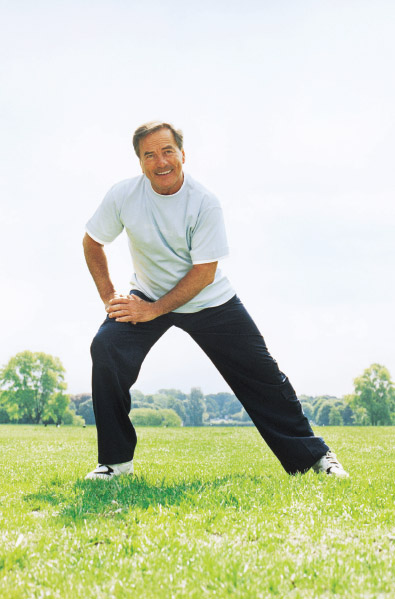
CHAPTER 1
Understanding
Parkinsons Disease
A pproximately 60,000 people are diagnosed with Parkinsons disease (PD) in the United States annually. However, while a diagnosis of Parkinsons will certainly bring about changes in a persons lifestyle, it is very possible to live a long and healthy life in spite of the disease. But to do so, patients, their family members, and healthcare providers must develop a proactive plan to manage the progression of the disease and help maintain the persons high quality of life for many years to come.
This plan should include healthy lifestyle choices and aim for far-reaching beneficial effects. Of course, it is important for people from all walks of life to develop good habits, such as maintaining a nutritious diet and remaining physically active. However, it is especially important for people living with PD to make those healthy choices that will enable them to better manage their symptoms and side effects in the long term. While medication can be used to lessen the early effects of Parkinsons, exercise can help combat long-term ailments like muscle rigidity, balance deterioration, and fatigue, which are often associated with the disease as it progresses.
For these and other benefits, it is important that patients with PD start an exercise program early on as part of a complete approach to treating their illness. In this chapter, you will find information about common symptoms and side effects that present in individuals living with Parkinsons disease. In addition to descriptions of these symptoms, you will find practical tips for managing their effects and improving your quality of life.
DEFINING PARKINSONS DISEASE
Parkinsons disease is a neurodegenerative disorder that impacts certain key nerve cells in the human brain. Normally, these cells produce dopamine, a chemical that sends signals to the part of the brain that controls movement. PD causes these dopamine-producing nerve cells to break down, which leads to difficulty in controlling movement. While experts are still unsure of what exactly causes the loss of these neurons, current research is focused on studying genetic markers and environmental factors.
Symptoms of PD generally appear in people between the ages of 5065 years old, but they can sometimes appear earlier. Early symptoms of Parkinsons are diagnosed in stages, and can be so subtle and varied that the disease may go unnoticed for years. Since it takes time to develop the more obvious motor symptoms, such as hand tremors, early detection is essential to confirm the correct diagnosis and initiate treatment. When there is a family history of the disease, it is important to inform ones health professionals so they can look for any possible early indicators. These symptoms tend to begin on one side of the body and progress slowly, usually over a number of years. Parkinsons is both a chronic and progressive disease, meaning it persists over a long period and symptoms become more pronounced over time. Research has also shown that Parkinsons can impact non-dopamine producing cells in the brain, which contributes to some of the non-movement symptoms and side effects that may emerge.
THE FIVE STAGES OF PARKINSONS DISEASE
Stage one: Mild symptoms, such as tremors or limb shaking. Poor posture, loss of balance, and unusual facial expressions.
Stage Two: The symptoms become bilateral, affecting both limbs and both sides of the body. Problems emerge with walking and/or balance and completing regular tasks.
Stage Three: Stage Three symptoms become more difficult to manage as they include the inability to walk straight or even stand. Movement becomes strained and slow.
Stage Four: This stage is marked by a severely limited ability to walk as rigidity and bradykinesia (a slowing of movement) often prevail. Most patients are rendered unable to complete tasks, and typically cannot live independently. The tremors or shakiness of the earlier stages of the disease may lessen or even go away all together for unknown reasons.
Stage Five: A person at Stage Five (and occasionally Stage Four) requires one-on-one caregivers, if not nursing care, and guidance from medical professionals.
In the next section, you will find some common symptoms and side effects of PD, along with practical suggestions for improving ones health designed specifically for those living with it. It is important to note that PD does not affect everyone the same way, and that symptoms, signs, and severity will vary from person to person.
MOTOR SYMPTOMS
Tremors
Tremors, or shaking, is one of the most common early symptoms of Parkinsons and is reported by about 80 percent of people with the disease. Tremors frequently begin in the upper body, usually in the hand or fingers, though sometimes a foot or the jaw may be affected first. Many people will often experience what is called a pill-rolling tremor, which is a back-and-forth rubbing of the thumb and index finger.
In the early stages of Parkinsons, tremors will usually appear on one side of the body; as the disease progresses, they will begin to appear on both sides. Tremors are most commonly observed when the limb is at rest or when a person is experiencing increased stress levels. Usually, tremors will disappear with deliberate movement, which means this symptom is not necessarily limiting in terms of functionality for people with PD.


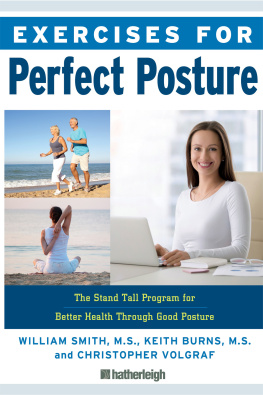






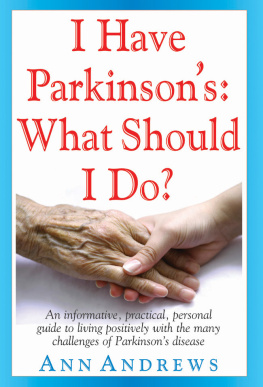

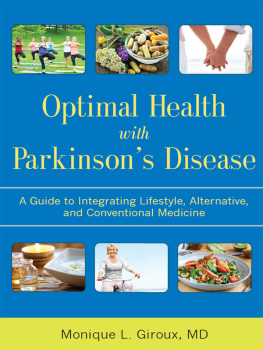
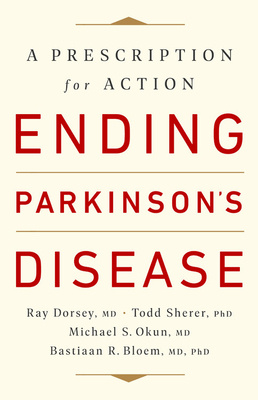

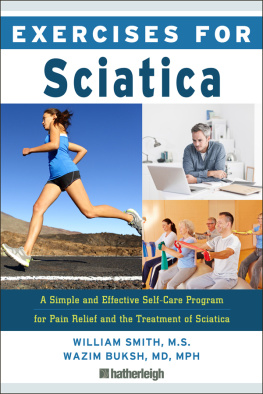
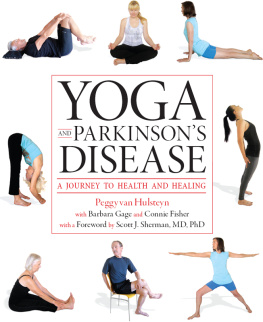



 Your health starts here! Workouts, nutrition, motivation, community everything you need to build a better body from the inside out!
Your health starts here! Workouts, nutrition, motivation, community everything you need to build a better body from the inside out!